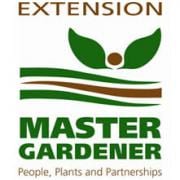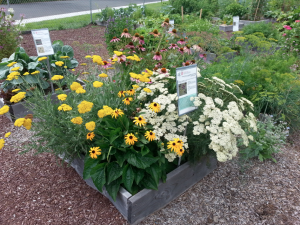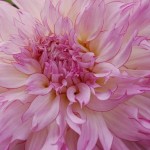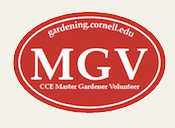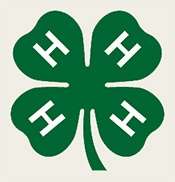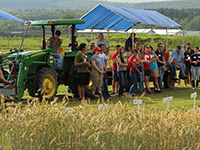The following resources emerged out of a Cultivating Community with Garden-Based Learning webinar series aimed to introduce the fundamentals of garden-based learning program development.
Getting Started with Garden-Based Learning: An Introductory Guide for Program Leaders/Educators (pdf) offers abbreviated version of the basics to consider if you are starting a new program or wishing to enhance outcomes in an existing program.
Find research to support gardening benefits. Enthusiasts state that a garden is a creative, inter-generational environment with many opportunities. More importantly research supports the positive outcomes of gardening. In this session we’ll discuss where to find research? And how might you share it? Webinar session 1 recording (~24 mins). PowerPoint (ppt). Resources participants shared (doc).
Garden-based learning projects for all ages. One benefit of the garden is that it has the potential to engage the whole family and multiple generations. Session objectives: 1) Define concepts that might serve as the foundation for garden-based learning activities and projects; 2) Share a sampling of garden-based learning activities and projects; 3) Consider “Walk Around’ approach to matching garden-based learning activities and projects to desired outcomes. Webinar session 2 recording (~24 mins). PowerPoint (ppt). Resources participants shared (doc).
Community gardens basics. Starting a community garden is not a quick process. Sustaining a community garden also has challenges. Some basic keys to success and critical resources will be discussed. Participants will be encourage to share resources, comments and questions related to community gardening. Webinar session 3 recording (~ 27 mins). PowerPoint (ppt). plus Garden networks slide (ppt) Resources participants shared (doc).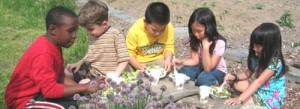
Outcome-based garden program planning, evaluation & funding. What is the desired result of your program effort? Understanding and creating realistic potential outcomes is key to success. We’ll share an approach to program planning, evaluation and identifying funding opportunities will the foundation in program outcomes. Webinar session 4 recording (~ 40 mins). PowerPoint (ppt). Program Evaluation Overview (pdf)
Engaging volunteers and partners. Don’t garden alone. Identifying effective approaches to engaging local volunteers is critical to the success of many garden-based learning programs. We will discuss ISOTURE model for volunteer engagement and strategies identifying and building partnerships. Webinar session 5 recording (~ 40 mins). PowerPoint (ppt).




 What:
What: Speaks to a diversity of learners
Speaks to a diversity of learners  See the following page,
See the following page, 
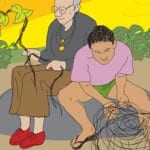
 Visit the
Visit the 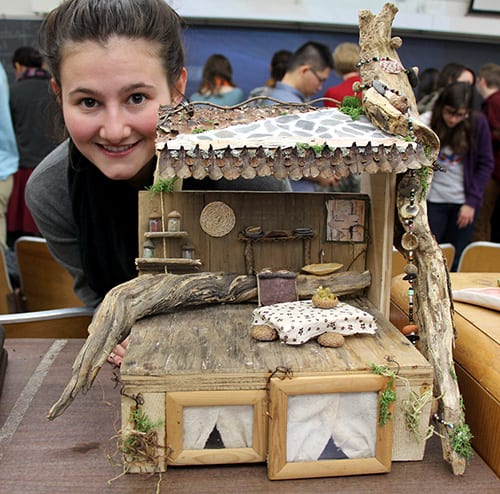

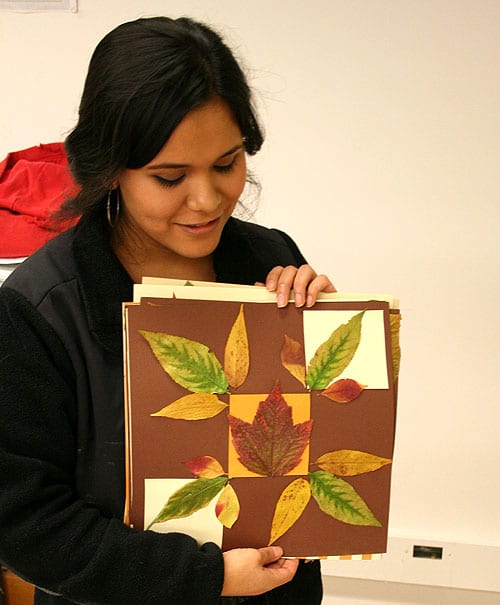
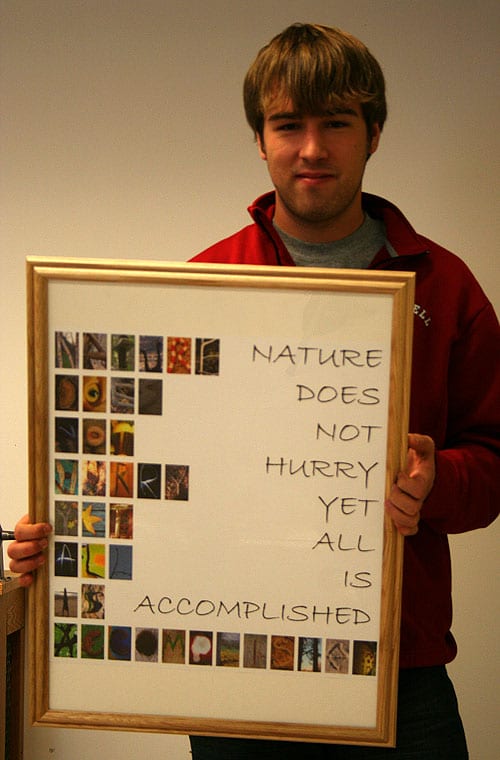
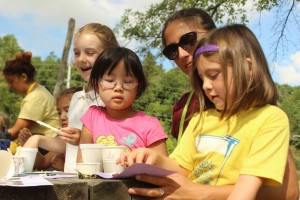

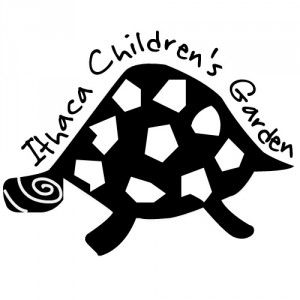
 Finding a Place to Garden
Finding a Place to Garden A little inspiration…
A little inspiration… Many salad garden vegetable seeds are tiny. They can be hard to handle and plant, and they easily blow out of a cupped hand with even a slight breeze. To deal with this, reuse empty plastic spice containers. If you put the word out early to parents and volunteers, you can often accumulate a good amount.
Many salad garden vegetable seeds are tiny. They can be hard to handle and plant, and they easily blow out of a cupped hand with even a slight breeze. To deal with this, reuse empty plastic spice containers. If you put the word out early to parents and volunteers, you can often accumulate a good amount.


 Sample Budgets for the after school program and school-based Seed to Salad pilot projects are available here in PDF. While these projects have relatively low budgets, costs can be further curbed by seeking donations in advance from area businesses and other partners.
Sample Budgets for the after school program and school-based Seed to Salad pilot projects are available here in PDF. While these projects have relatively low budgets, costs can be further curbed by seeking donations in advance from area businesses and other partners.